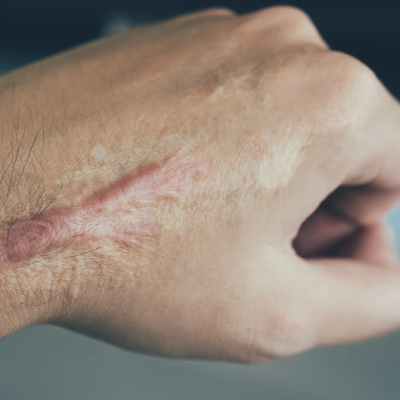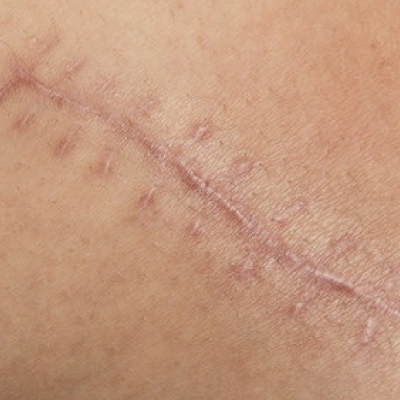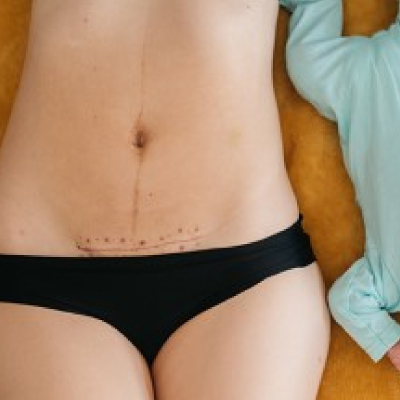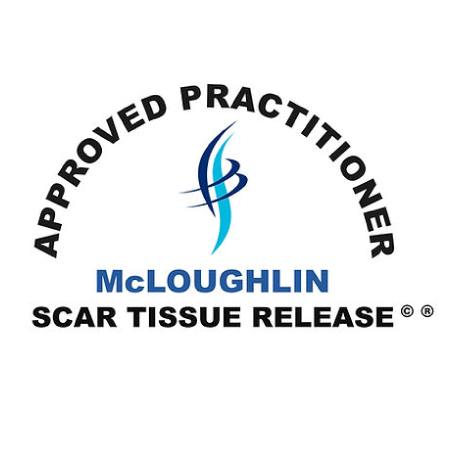“Every scar represents some kind of trauma to the body – and the event that created it. Therefore we must employ more care, consideration and empathy than usual. You do not know the story behind the scar.”
– Alastair McLoughlin
Effects of scar tissue
Scars have the potential for creating both physiological and psychological impact. We can associate scars not only with cuts, incisions, and surgery but also with tears due to injury or trauma, plantar fasciitis, rotator cuff injury, disease, and other medical conditions.
For some, it can mean long term effects on:
- neural pathways
- range of movement
- blood and lymph flow
- emotional and psychological levels
Dysfunctional fascia due to scarring restricts the contraction / relaxation process inhibiting the normal healing and movement process.

Types of scars
Atrophic scars: an indented scar that heals below the normal layer of the skin tissue. Atrophic scars form when the skin is unable to regenerate tissue. As a result, it leaves behind imbalanced scarring. Atrophic scars are often the result of severe acne or chickenpox. Acne scars may be categorised according to their appearance such as boxer or icepick.
Hypertrophic scars: these are red scars that rise above the skin. They do not spread beyond the spot where the injury occurred. Although they can look similar, hypertrophic scars and keloids are not the same. A hypertrophic scar stays within the boundaries of the incision; a keloid extends beyond the incision line itself. With hypertrophic scars, more collagen forms than is broken down.
Keloid scars: Caused by uncontrollable production of collagen. The precise mechanism that results in an over-expression of collagen remains unknown. Some people are highly susceptible to keloid formation and form keloids with even minor scratches. Another type of hypertrophic scar is called a rolling scar. These appear like waves of skin due to the fibrous bands of tissue that form in the remodelling phase.
Contracture scars: These scars typically occur after the skin is burned. They cause tightening (contracting) of the skin that can reduce the ability to move.
Burns: – are put into 3 categories
- 1st degree localised redness and inflammation/swelling/tenderness/painful
- 2nd degree is deeper and blisters appear
- 3rd degree is full depth of all the skin layers. Blood vessels and nerves are damaged
Stretch Marks: are caused by tearing of the dermis during periods of rapid growth of the body, such as during puberty and pregnancy. Also of special note is the minuscule scarring caused by intramuscular or dermal injection – such as epidurals and vaccinations scars.
Skin grafts and flap grafts
- Split thickness – a dermatome tool takes the top layer of skin from the toner site allowing regeneration of skin in that area
- Full thickness – takes the full dermis and requires closing by a surgeon
- Flap – takes all layers, including muscle, blood vessels, fat and sometimes bone.


